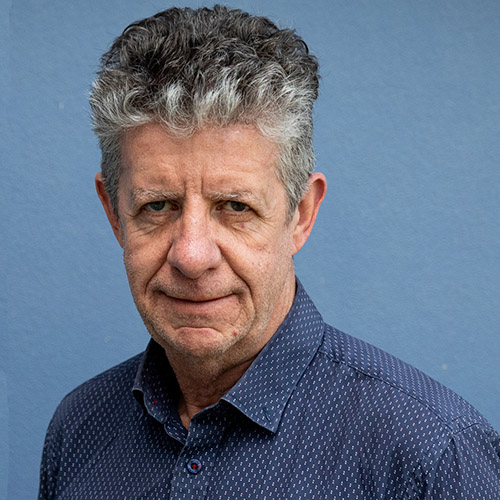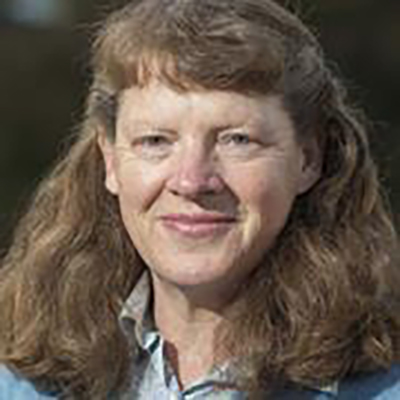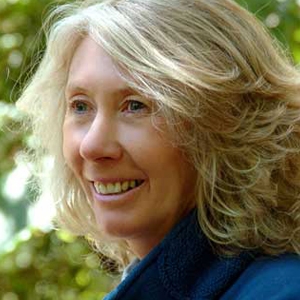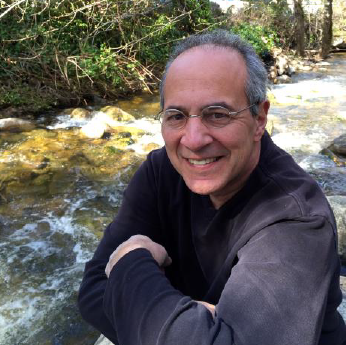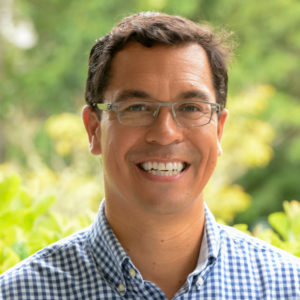Key international policy frameworks, such as the Paris Agreement on Climate Change and the Convention on Biological Diversity, have a focus on forests,. However, rules and guidelines that treat all forests equally, regardless of their carbon loss risk profiles, limit their effectiveness and can facilitate forest degradation.
In this study we assessed the potential for using a framework of ecosystem integrity to guide policy goals. We reviewed the theory and present a conceptual framework, compare elements of integrity between primary and human-modified forests, and discuss the policy and management implications.
This study has also been summarised and presented in a policy paper.
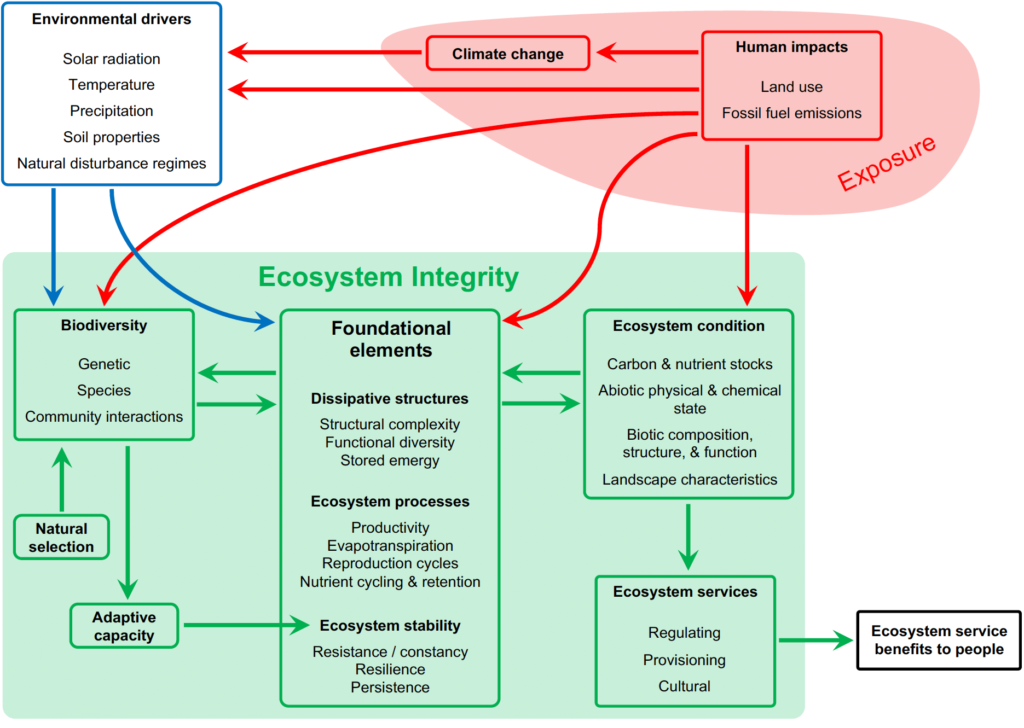
We found that primary forests consistently have higher levels of ecosystem integrity and lower carbon loss risk profiles than human-modified forests. This underscores the need to take action to develop consistent large-scale data products to identify high-integrity forests, and operationalise a framework of ecosystem integrity, and to take action to protect primary forests. Doing so will optimise long-term stable carbon storage and the provision of other ecosystem services.

The scientific and management communities need better tools to accurately forecast the risks associated with different forest ecosystems, particularly those being managed for natural climate solutions and mitigation. Given these tools may be years or even decades away, we suggest focusing on ecosystem integrity now is an optimal solution for categorizing forest-based risks and protecting ecosystem services.
Doing so would:
- optimize investment in land carbon stocks and mitigation potential;
- identify stocks that provide the best insurance against risk of loss; and
- ensure the highest levels of benefits from ecosystem services, thereby optimizing compatibility and synergy between mitigation, adaptation, and sustainable development goals.
A number of large-scale data products exist to guide this focus, which would benefit from incorporating time series dynamics from remote sensing and closer integration with regional data sources and field observations.
As primary forests have a higher level of ecosystem integrity than forests managed for commodity production, plantations, or degraded forests, we stress the continuing and increased need for their protection. Some recent policies and guiding documents are favorable in this regard.
Nevertheless, there is still much work to be done at national and international levels, with the evolving Paris Rulebook and country NDC’s arguably representing the largest opportunity.
Article authors
Brendan Rogers
Tatiana Shestakova
Brendan Mackey
Heather Keith
Virginia Young
Cyril Kormos
Dominick DellaSalla
Glenn Bush
Additional authors
Richard Birdsey, Richard Houghton, and William Moomaw
Reference
Rogers, B. M., Mackey, B., Shestakova, T., Keith, H., Young, V., Kormos, C., DellaSala, D. A., Birdsey, R., Bush, G., Houghton, R. A., & Moomaw, W. R.. Using ecosystem integrity to maximize carbon mitigation and minimize risk in international forest policy. Frontiers in Forests and Global Change. DOI: https://doi.org/10.3389/ffgc.2022.929281




